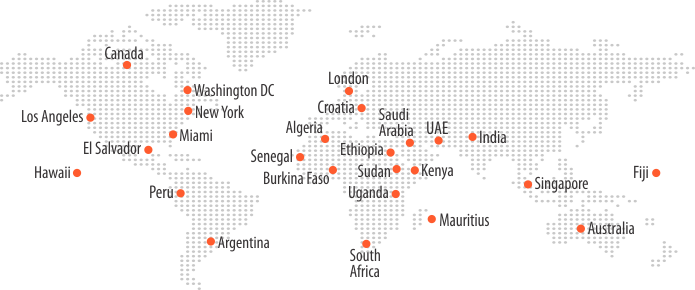Combating Telecom Fraud with Artificial Intelligence

In the digital era, the telecom industry provides ample services to its customers apart from calling. With these increased services, the telecom industry has become a goldmine of data. Thus, it has become highly prone to risks and different types of frauds.
A fraudster can be sitting inside the company’s premises or even half-way across the world and would still be able to find a dent in the security measures of the telco. The pressure to address risks and frauds for telecom companies is higher than ever as the dependence on their services on individuals and businesses is ever-increasing. Failure to address frauds can cost a huge chunk of market share to the telecom service providers bearing in mind the cut-throat competition in the industry. Some of the most widespread telecom frauds include –
- Illegal access and authorization
- Theft or fake profiles
- Cloning
- Behaviorial fraud
- International Revenue Sharing Fraud
- Interconnect Bypass Fraud
- PBX Fraud
Mitigating Telecom Frauds with Intelligent Technologies
The telecommunication industry has been combating traditional frauds related to voice calls, text messages and IP exchange. The high frequency of these frauds, globally dispersed origins, and multiple layers of machine and network generated anonymity makes these frauds hard to detect and avert. In addition to these telecom frauds, following are the schemes on the rise that the telecom industry must prepare for.
Artificial Intelligence and Machine Learning
Frequent updates in technologies open gates to different types of threats of vulnerabilities. It is imperative for any telecom company to adjust fraud management systems to counteract them all and preferably in real-time. All frauds have trends and patterns. The traditional rule-based telecom fraud prevention systems have been dependent on the human capability to spot those trends and patterns.
Internet of Things (IoT)
As per a previous prediction by Gartner, over 20 billion connected things would have been in use by 2020. Amidst the hype about IoT, we are overlooking the sheer amount of ‘connected things’ that will be left unsecured. The massive scale of the Internet of Things (IoT) and the access to valuable data provide compelling opportunities for fraudsters. Hackers are already employing IoT devices to make fraudulent purchases, and to launch DDoS attacks.
Electronic SIM Cards
Electronic SIM Cards are embedded SIM cards that replace physical SIM cards that are used in cellular phones. With eSIMs provisioning and connectivity is easy and they eliminate the need for having physical SIMs. However, eSIMs also offer opportunities to hackers that allow them to infiltrate subscribers electronically, steal and misuse subscriber data.
However, not all trends and patterns of frauds can be spotted by humans and this is where Artificial Intelligence (AI) and Machine Learning (ML) come into play. AI/ML technologies remove the limitations of the human capacity for detecting fraud. They offer superior methods of observing data and spotting trends and patterns in a time when telecom companies are seeking insights that will help them manage risks better. According to a research by Gartner, new implementations of Machine Learning (ML) with CSP fraud management will decrease fraud losses by 10% by 2022.
Earlier fraud systems only used to describe unusual activities. The traditional fraud systems used to develop reports that showed traffic levels, changes in call duration and so on. And experts would determine what was really happening and find the root cause. With the development of big data techniques and statistical analysis, fraud systems have evolved into diagnostic and predictive analytics.
Tasks Achieved by Artificial Intelligence in Real-Time to Avert Telecom Fraud
- Monitoring call records from all originations
- Looking for a pattern of calls from a range of telephone numbers to another range of numbers
- Verify that this is not a normal pattern for that pair of numbers
- If an abnormal pattern is found, raise an alert
Adopting AI/ML in the 5G Era
As the industry moves towards the 5G era the demand for a better fraud management system is inevitable. Solutions that are already available, employ a very wide range of approaches to the subject, but as there is a lack of real services of 5G technology, it is still only a theoretical attempt to compare the advantages and disadvantages of employing any fraud management solution. However, when the 5G services will roll-out to the masses, there will be very little time left with the communication service providers for detailed analysis and decisions about how and which fraud management solution to employ.
Panamax’s fraud management solution is a comprehensive fraud detection and mitigation solution, including advanced analytics. It utilizes both Artificial Intelligence and Business Intelligence to protect the networks. It merges usage records, information from the signaling networks, subscriber, and dealer profiles, and looks through interconnect, roaming, prepaid and post-paid scenarios to identify unusual usage, trends, behaviours, anomalies, and patterns.
Related Posts
Battling Telecom Frauds During COVID-19
Blockchain: A Potential Game-Changer For Telecommunications






